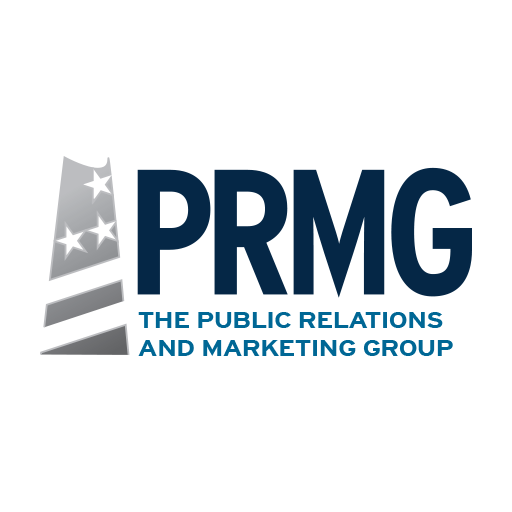Bringing Traffic to Your Website: On-page, On-site, and Off-site Optimization Strategies
These days, it’s not enough to have a beautiful, user-friendly website. It’s also important to consider the site’s existence on, and interaction with, search engines.
